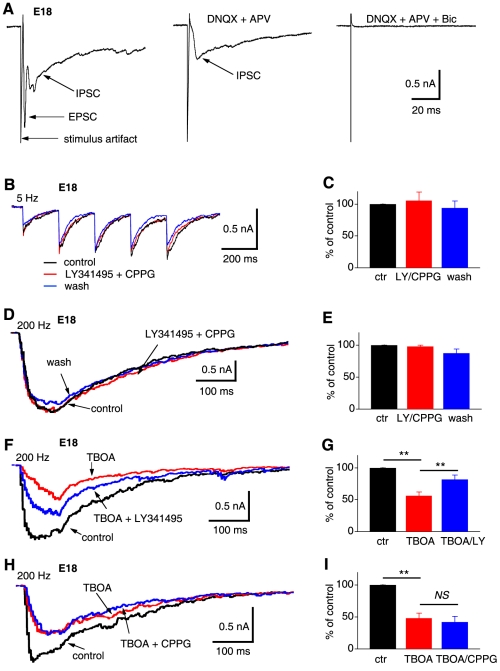Figure 4. Endogenous activity of mGluRs is stimulus frequency dependent and receptor specific.
A, Concurrent activation of glutamatergic and GABAergic pathways to NL neurons (E15–19). Cells used in this figure responded to the synaptic stimulation with both a fast EPSC and a slow IPSC. DNQX and APV eliminated the EPSC, and a specific GABAAR antagonist bicuculline (40 µM) eliminated the IPSC. B & C , Antagonists able to block all mGluRs (4 µM LY341495 plus 10 µM CPPG) did not have significant effects on the IPSCs elicited at 5 or 10 Hz (n = 5), indicating lack of endogenous mGluR activity under low frequency stimulation conditions. D & E , Further increasing the stimulating frequency to 200 Hz still failed to induce endogenous mGluR activity (n = 5). F & G, Endogenous activity of mGluRs was observed under the condition of high frequency (200 Hz) stimulation combined with inhibition of glutamate uptake. Furthermore, such endogenous activity was mGluR type specific. Inhibition of glutamate uptake by TBOA (DL-TBOA 50 µM plus TFB-TBOA 10 µM) reduced IPSCs elicited at 200 Hz. In the presence of TBOA, blockade of group II mGluRs by low concentration of LY341495 (10 nM) increased IPSC amplitude significantly (n = 5). H & I, In contrast, in the presence of TBOA, blockade of group III mGluRs by CPPG (5 nM) had no effects on IPSC (n = 5).

